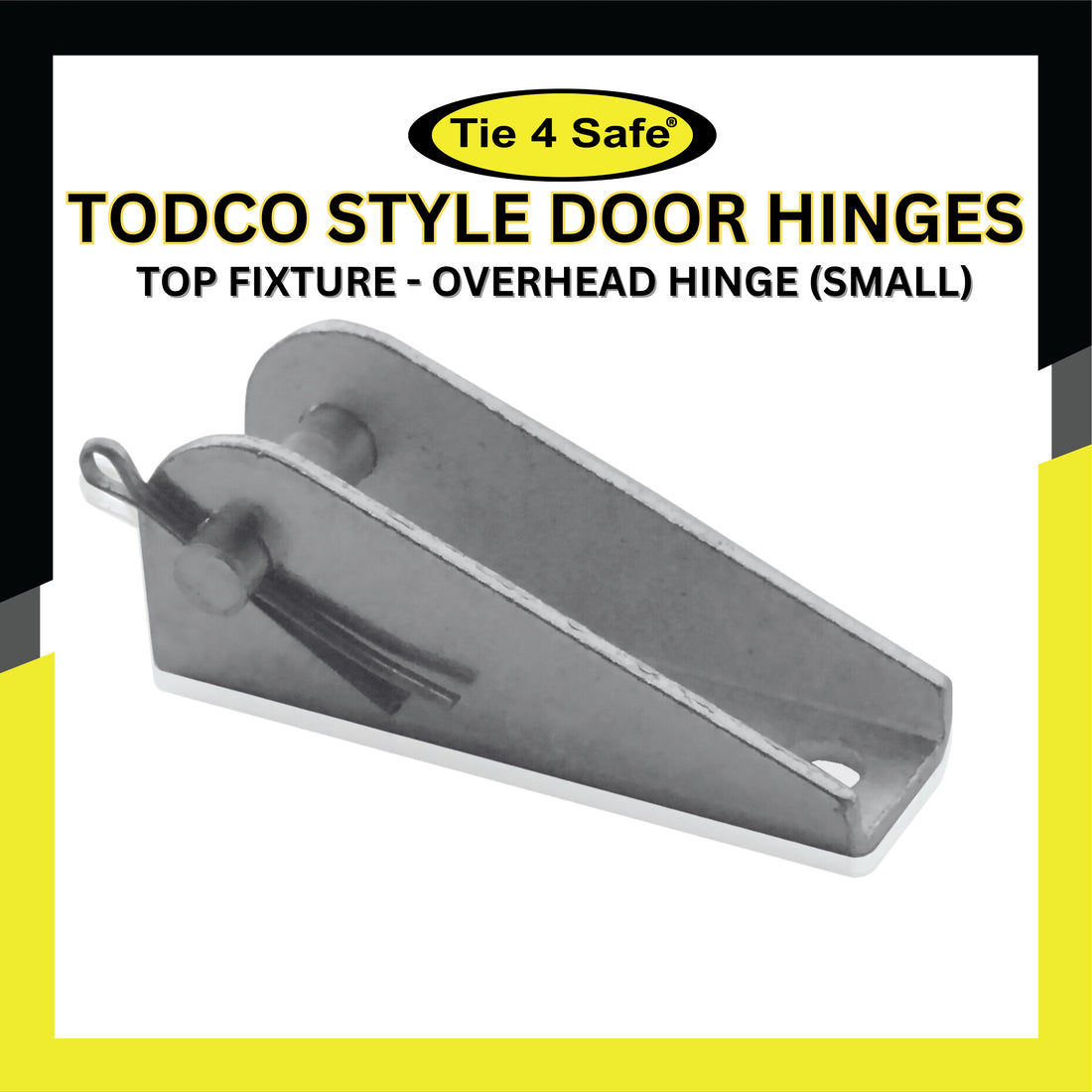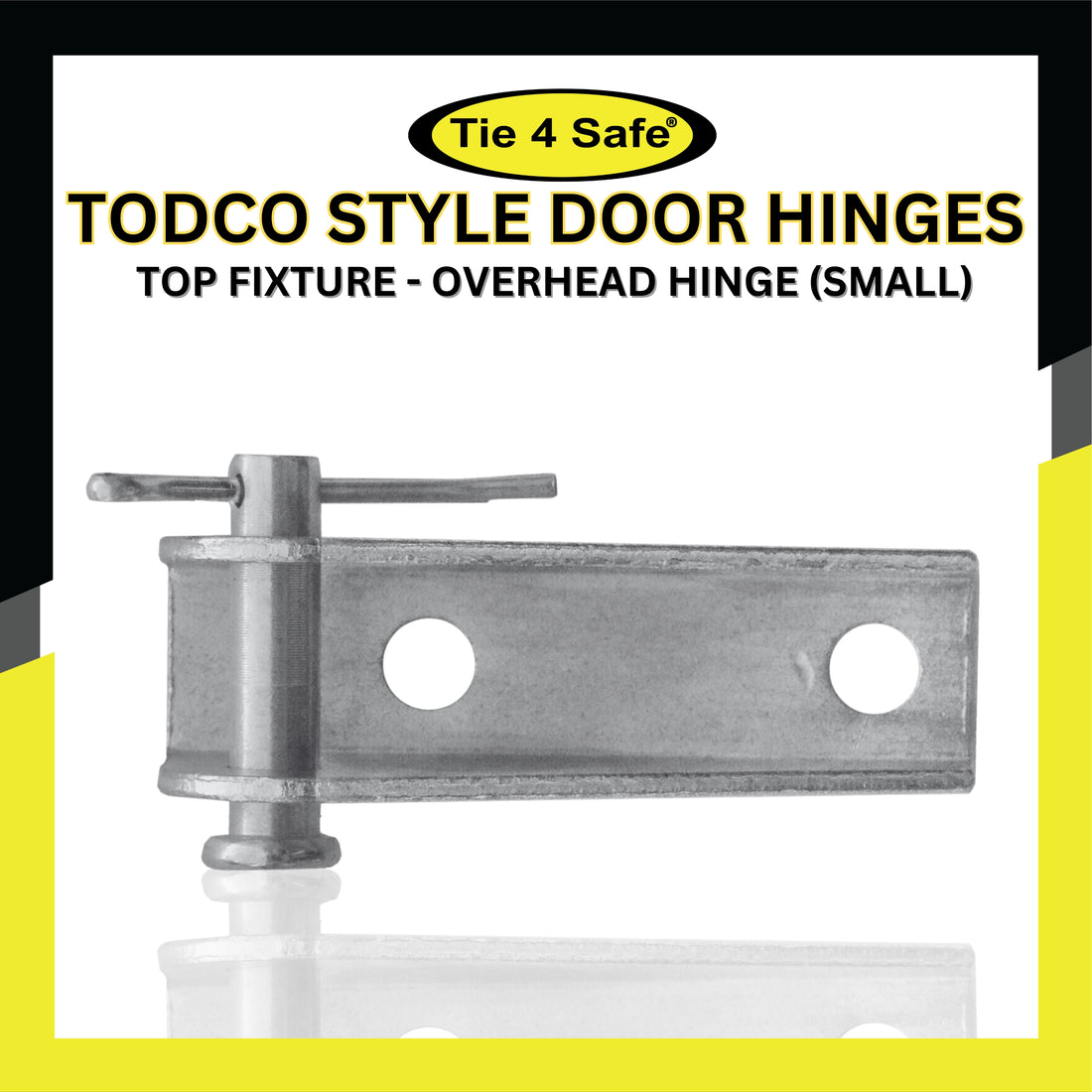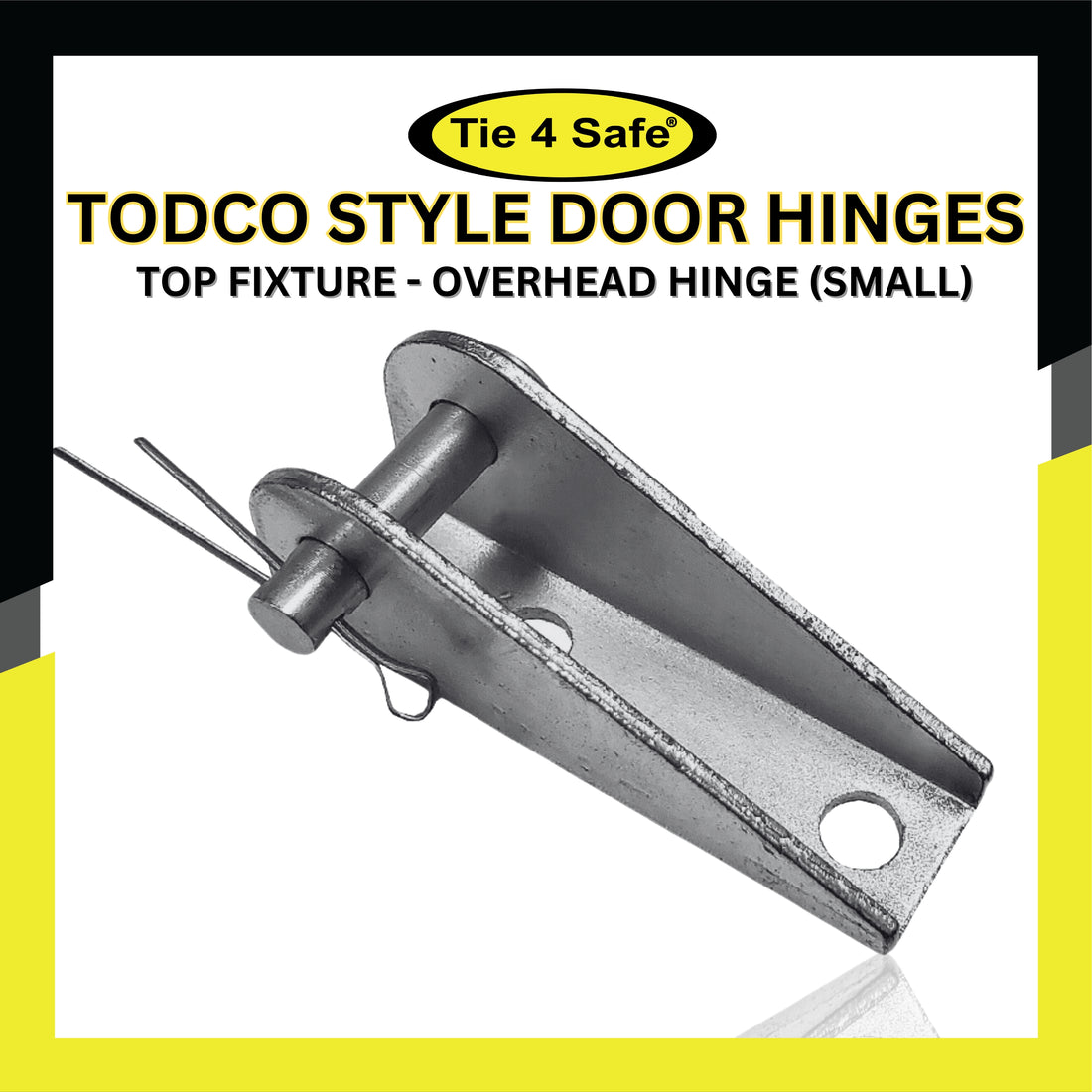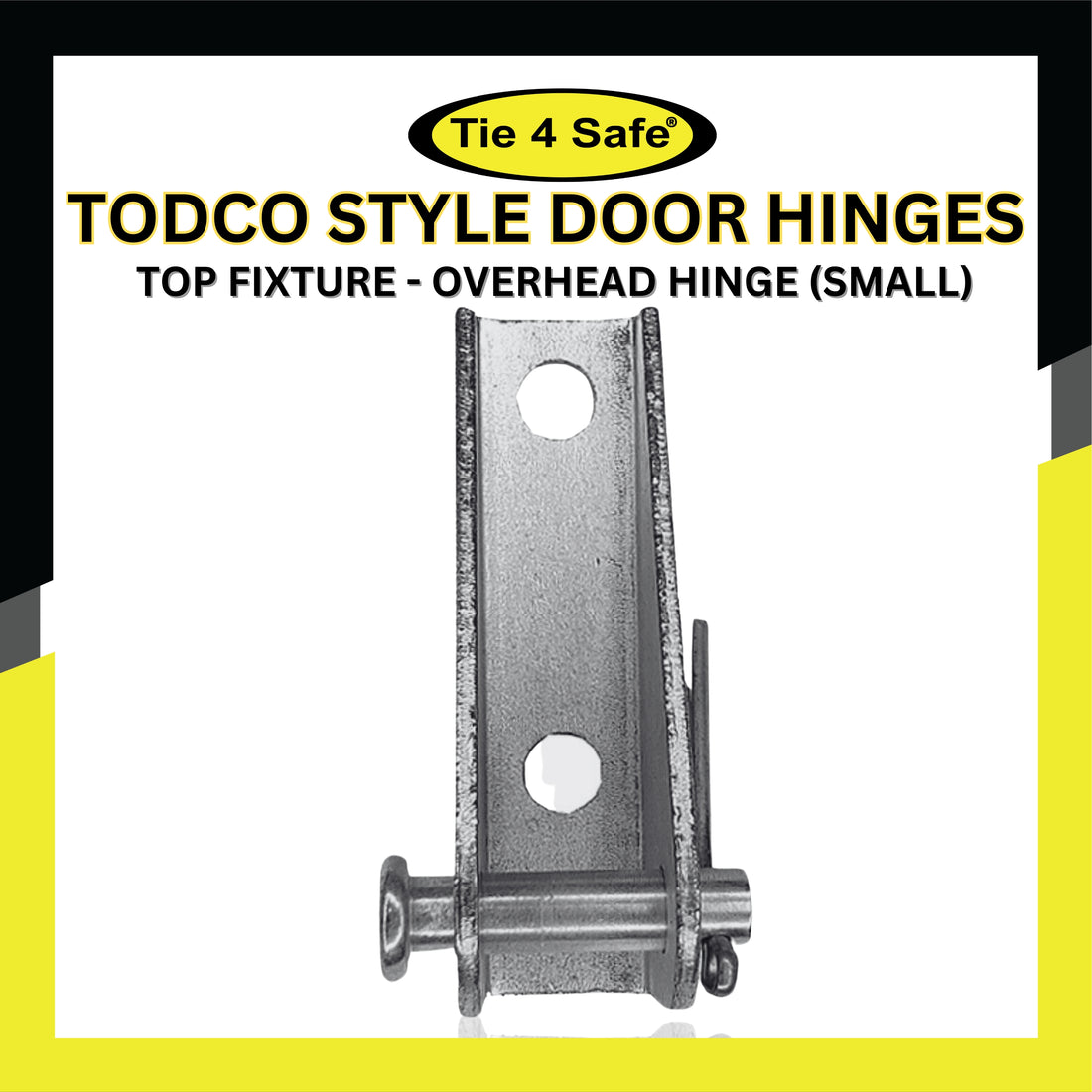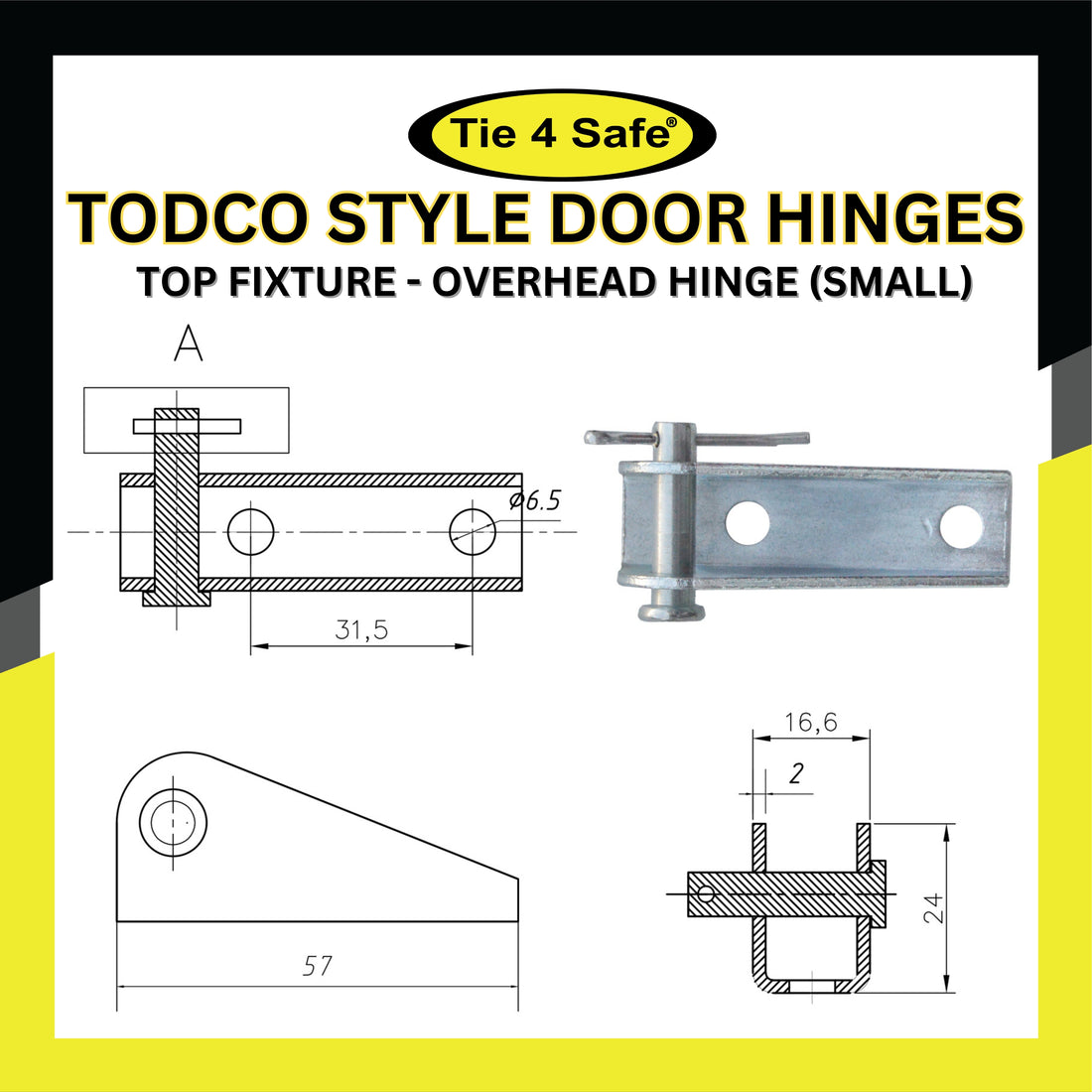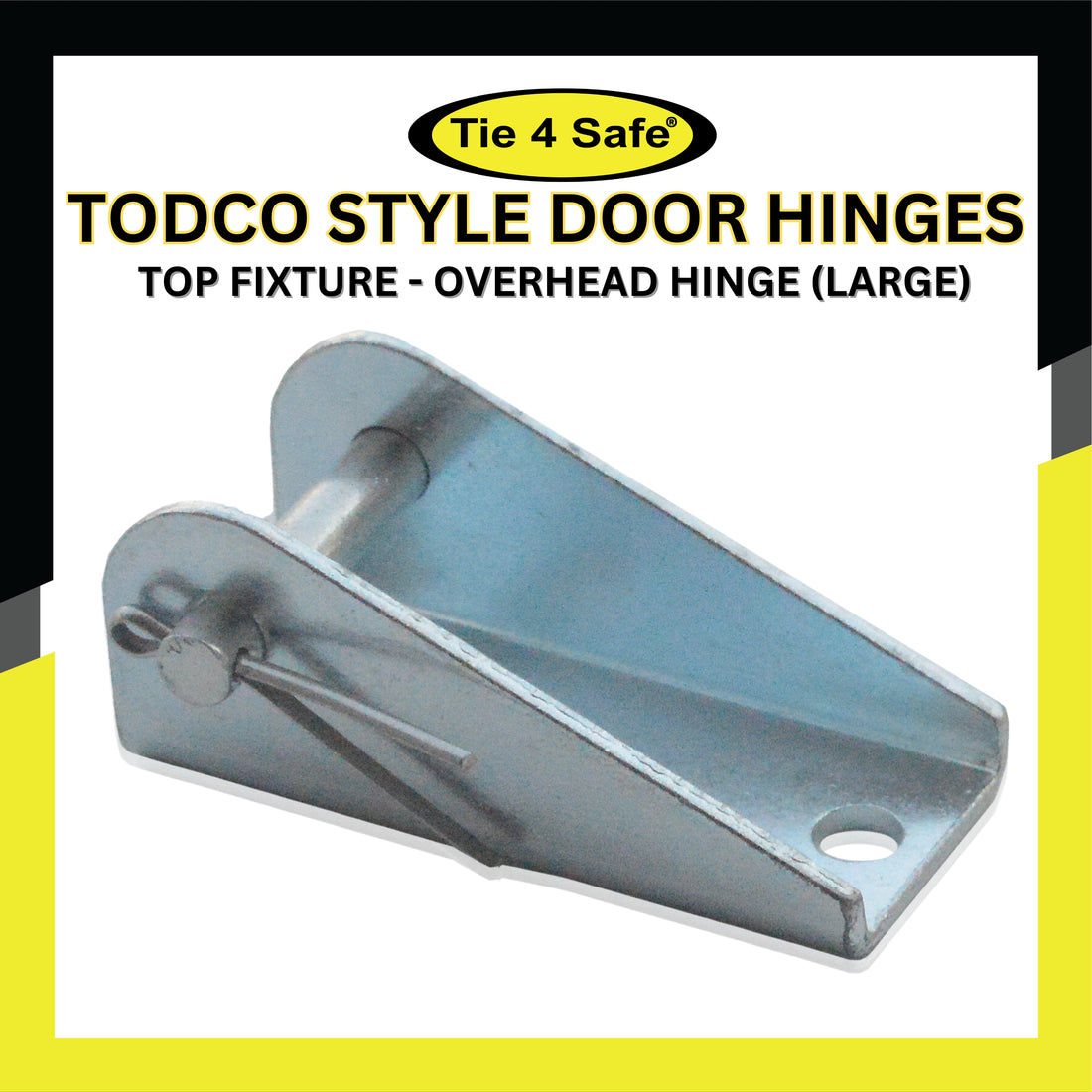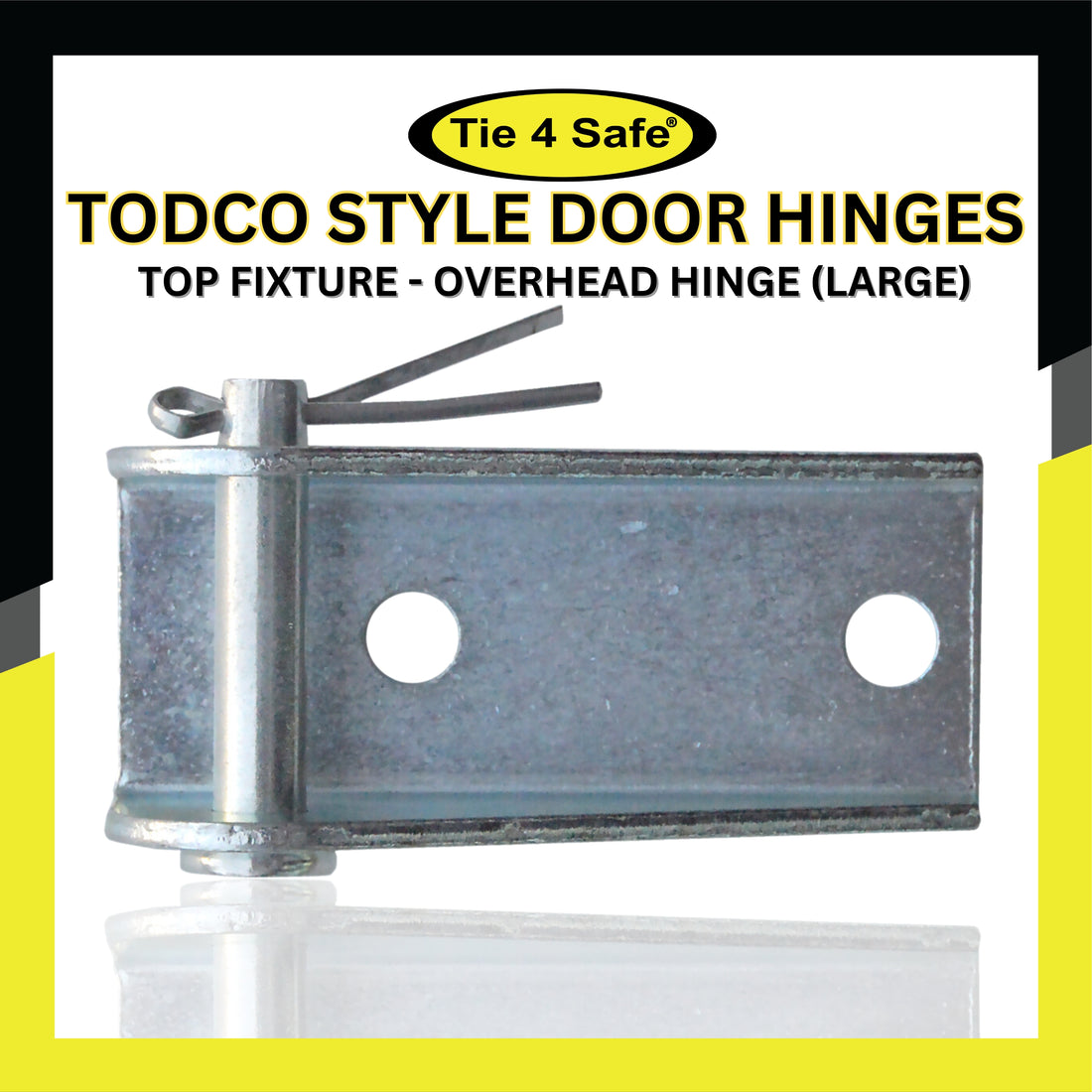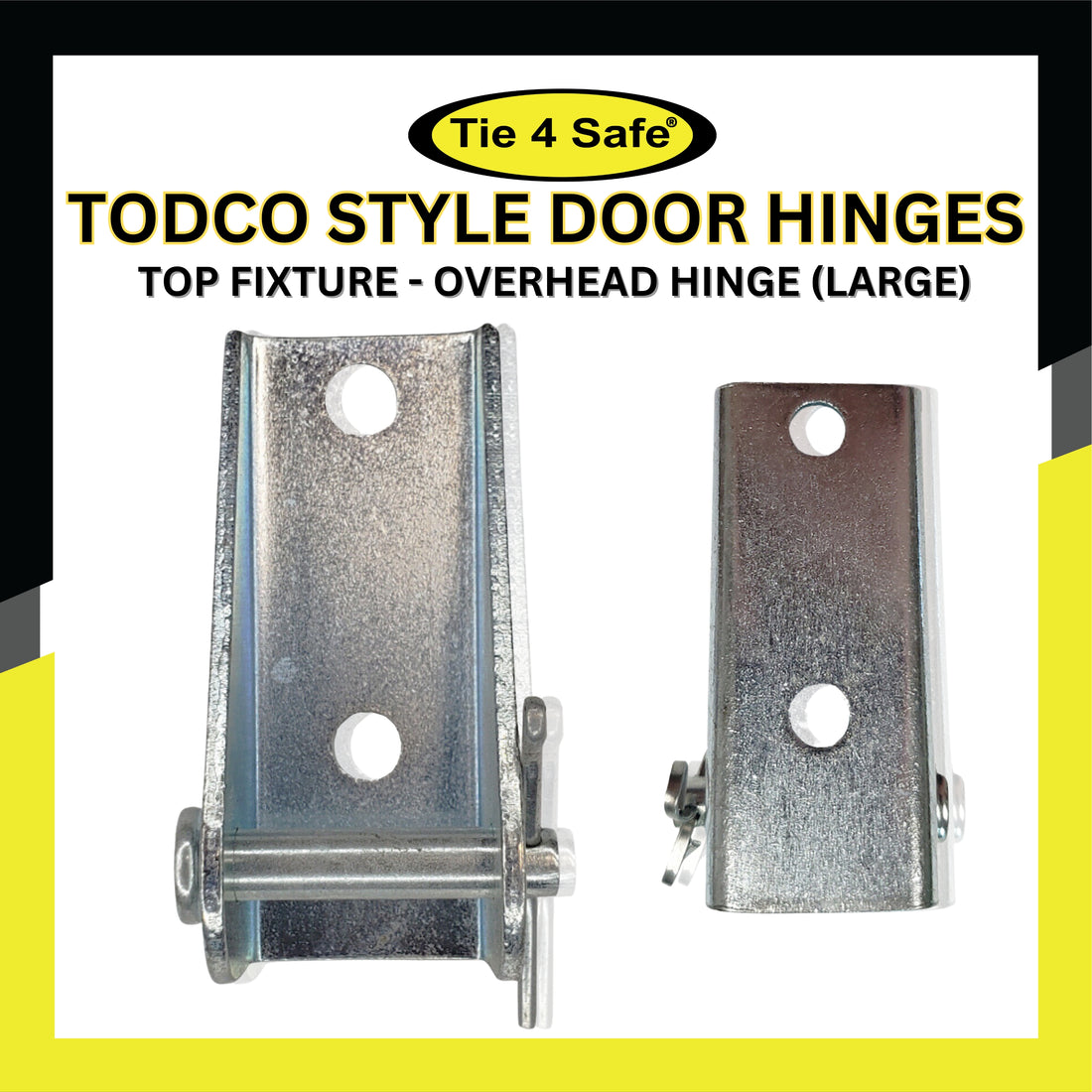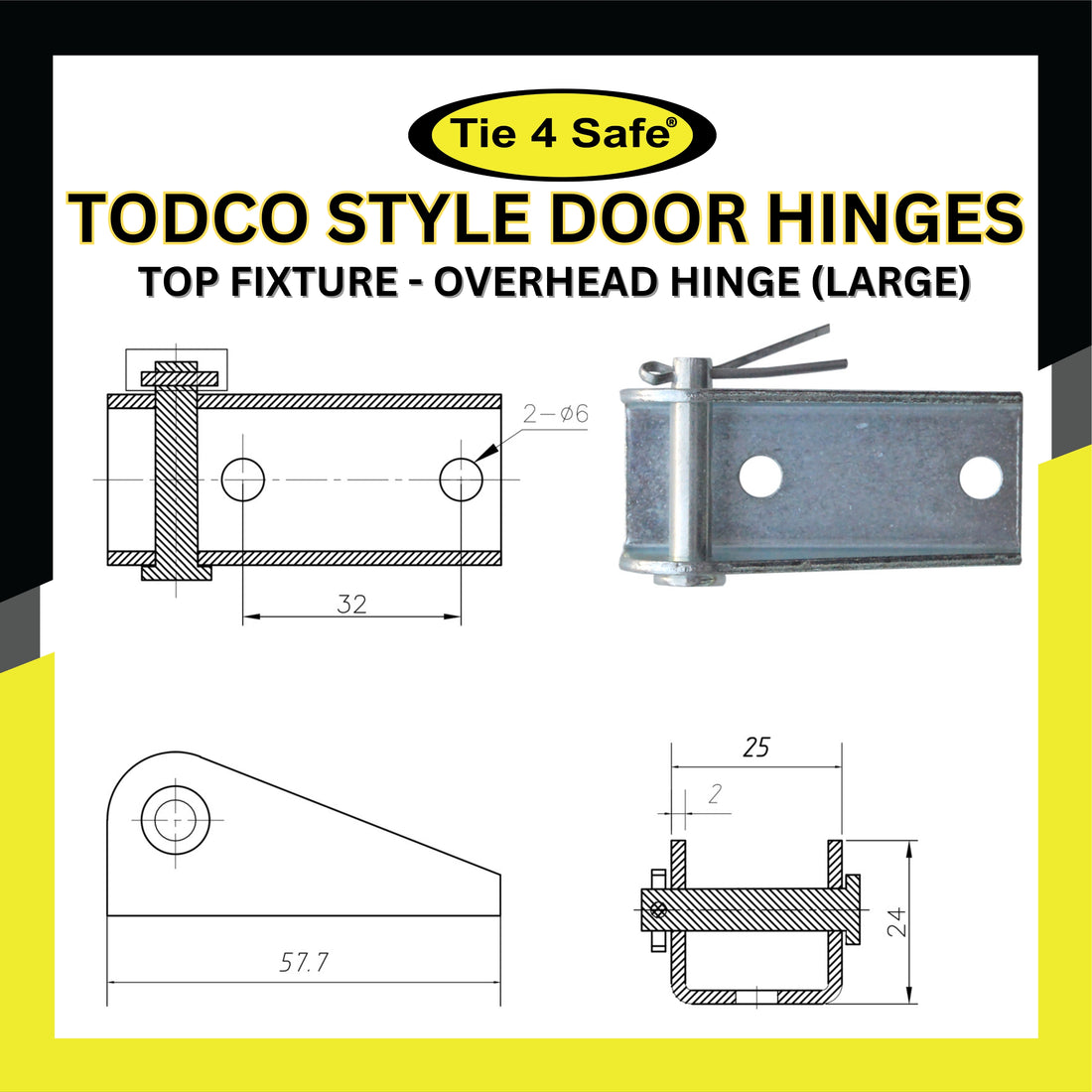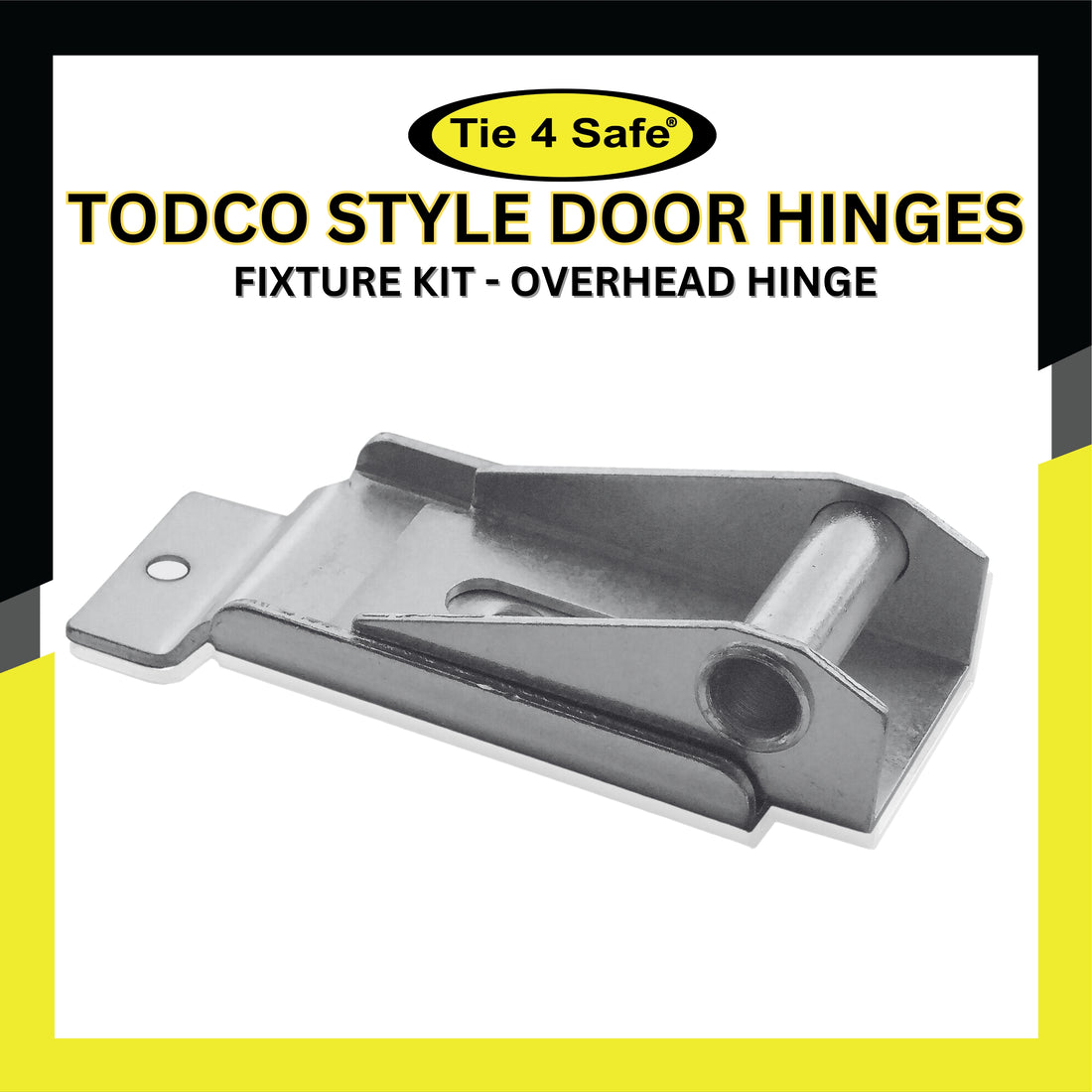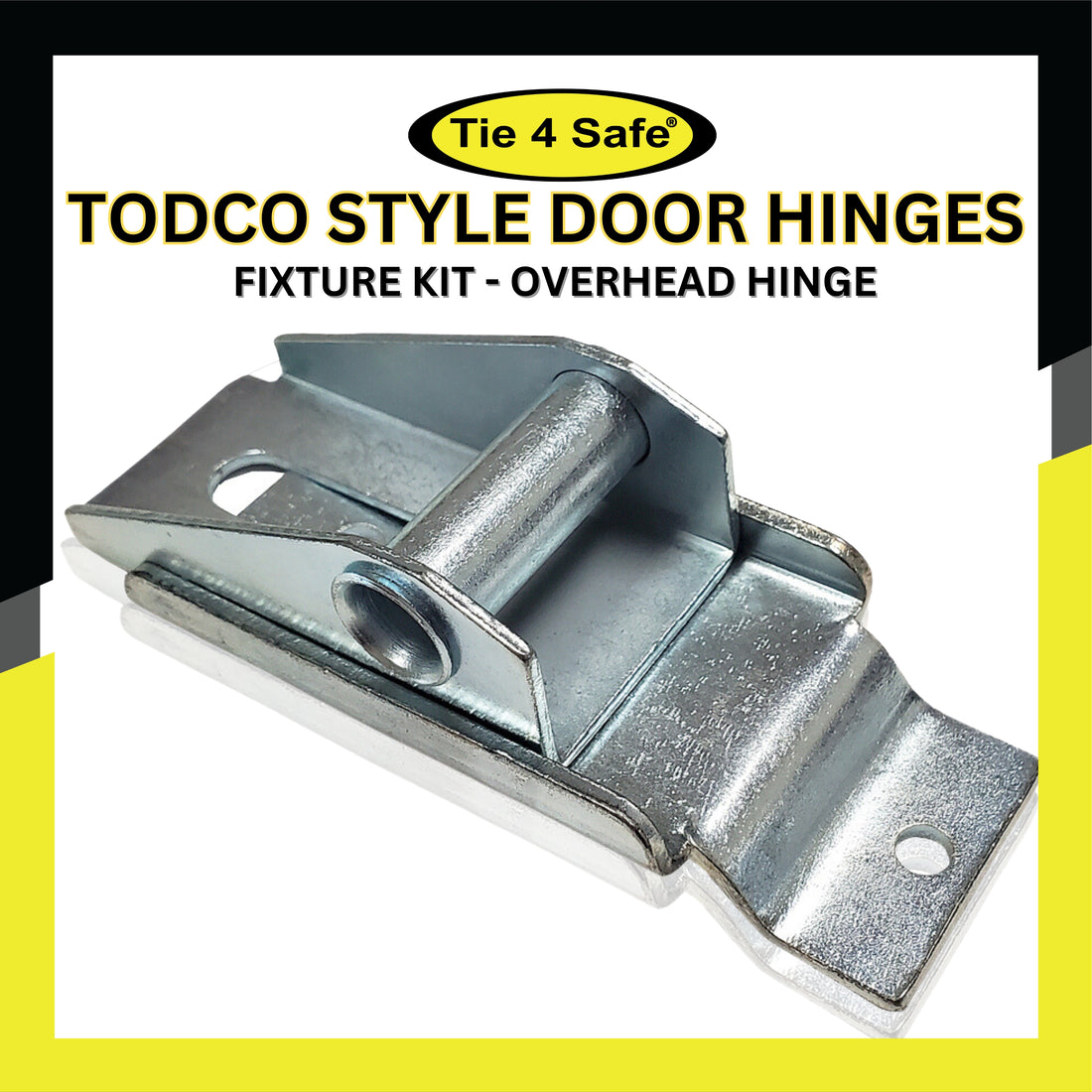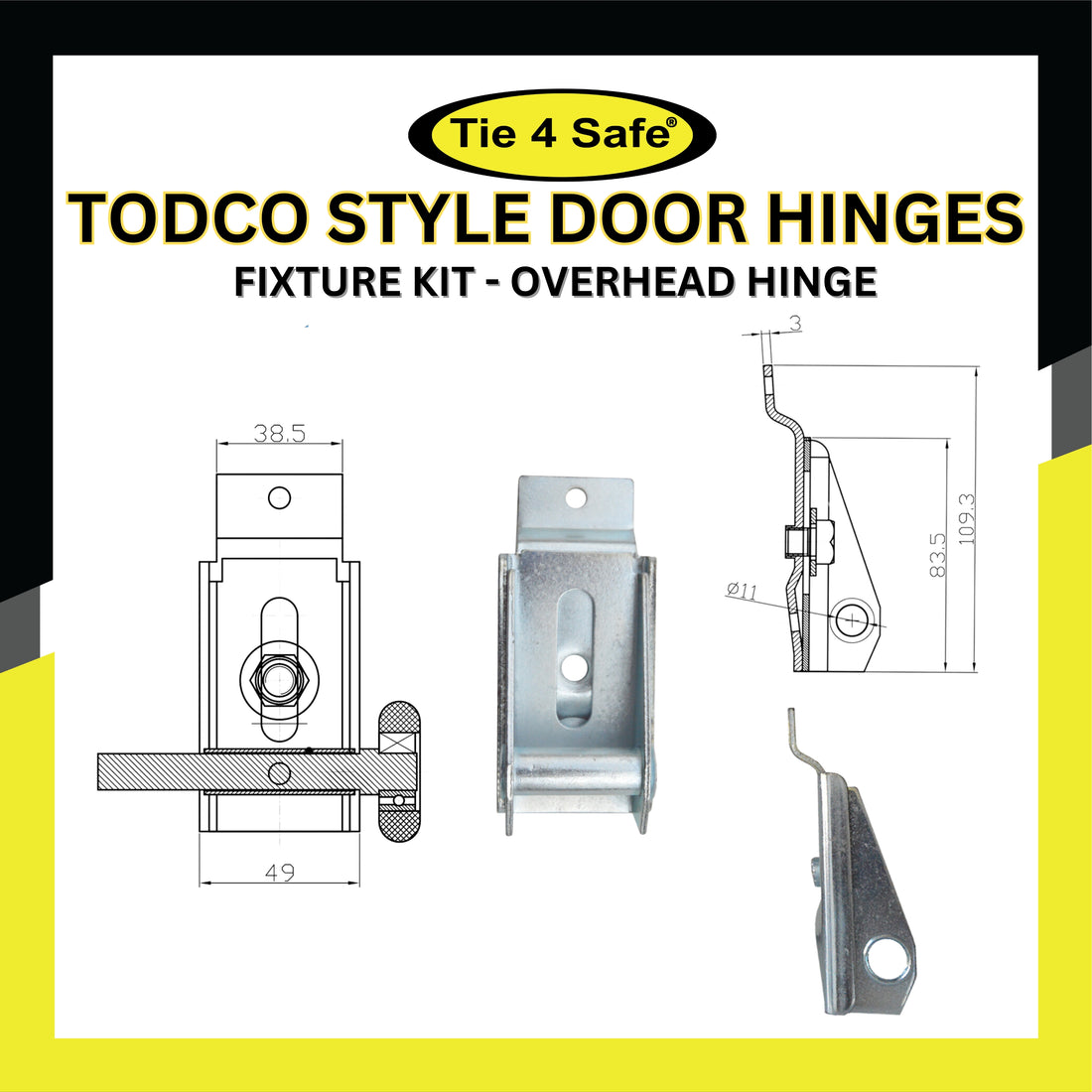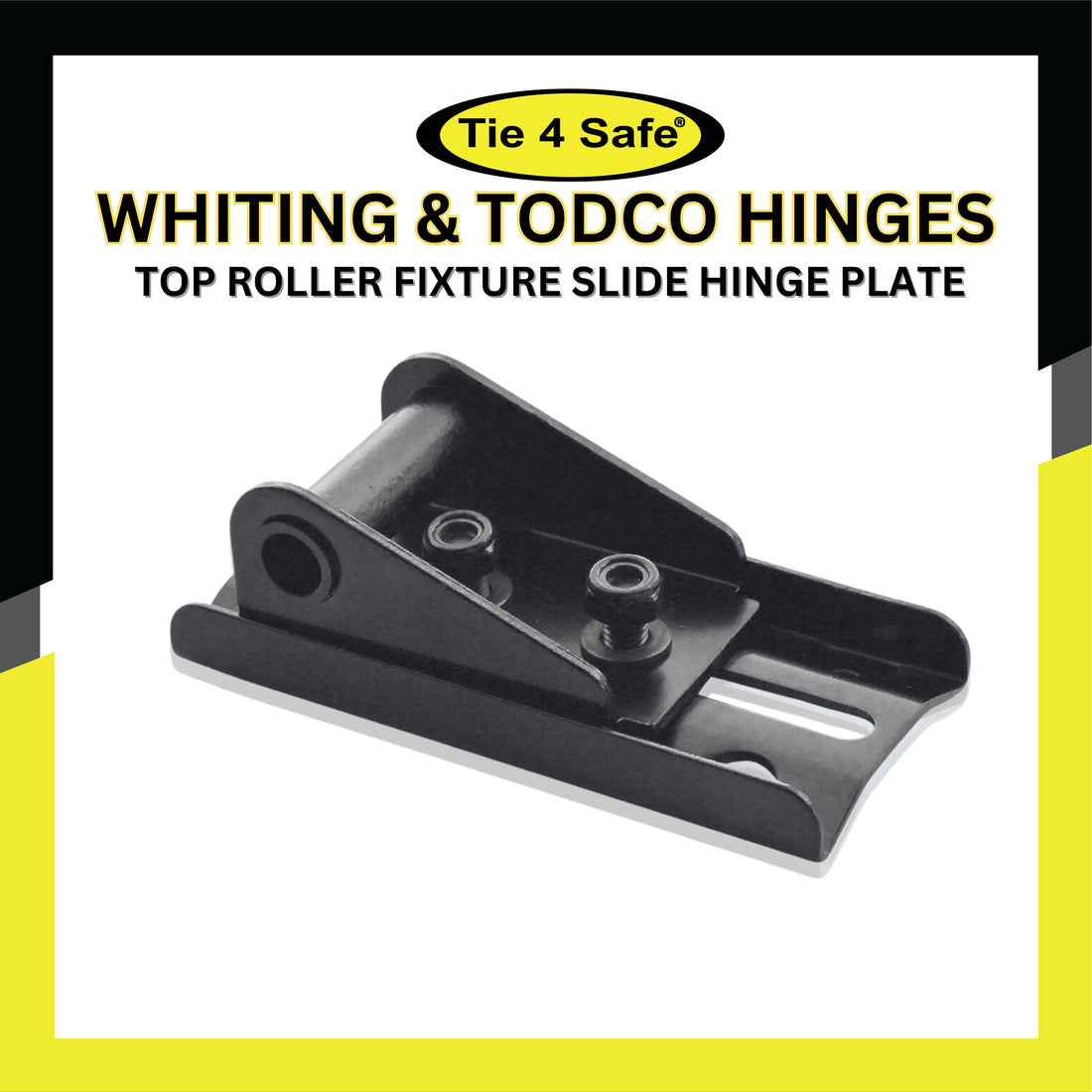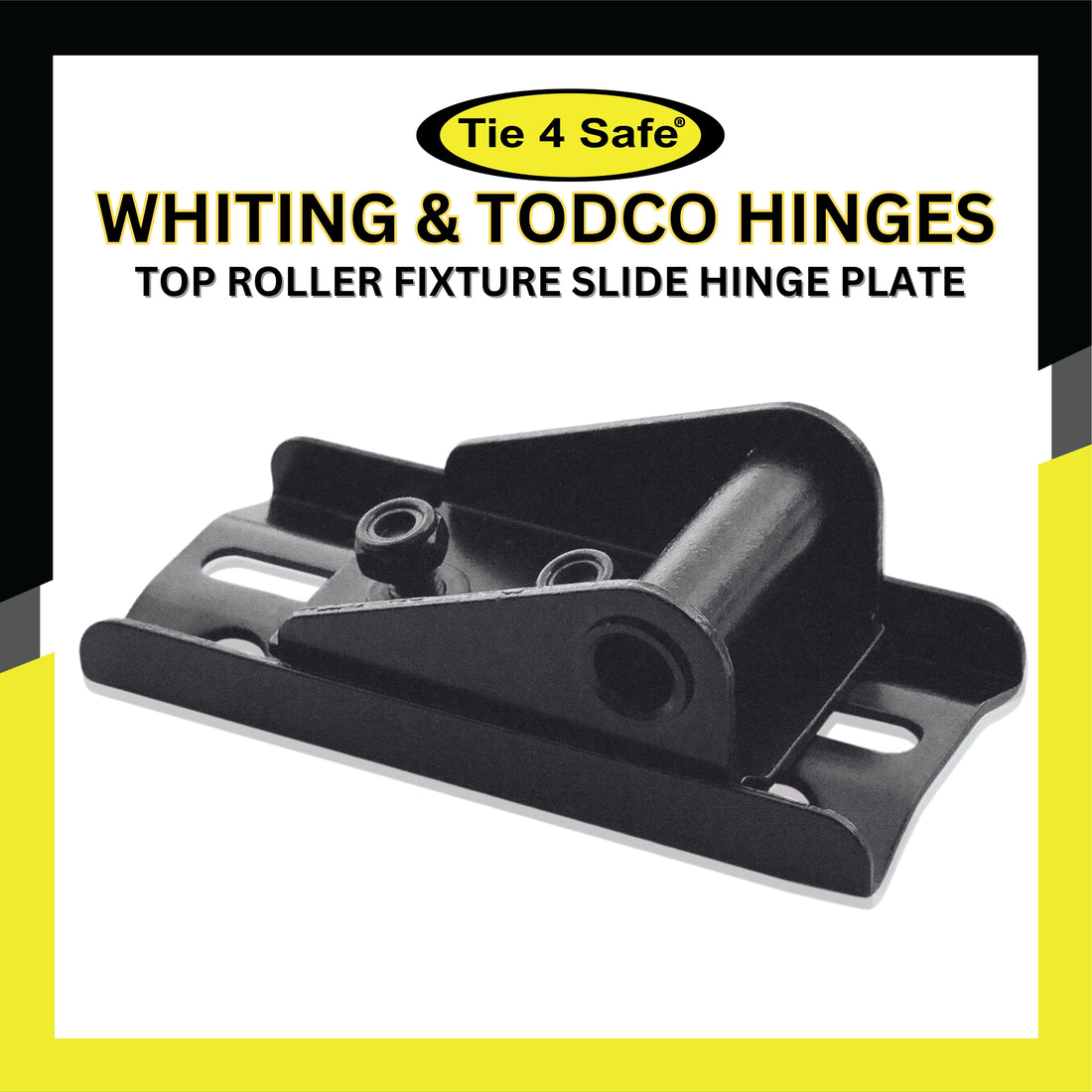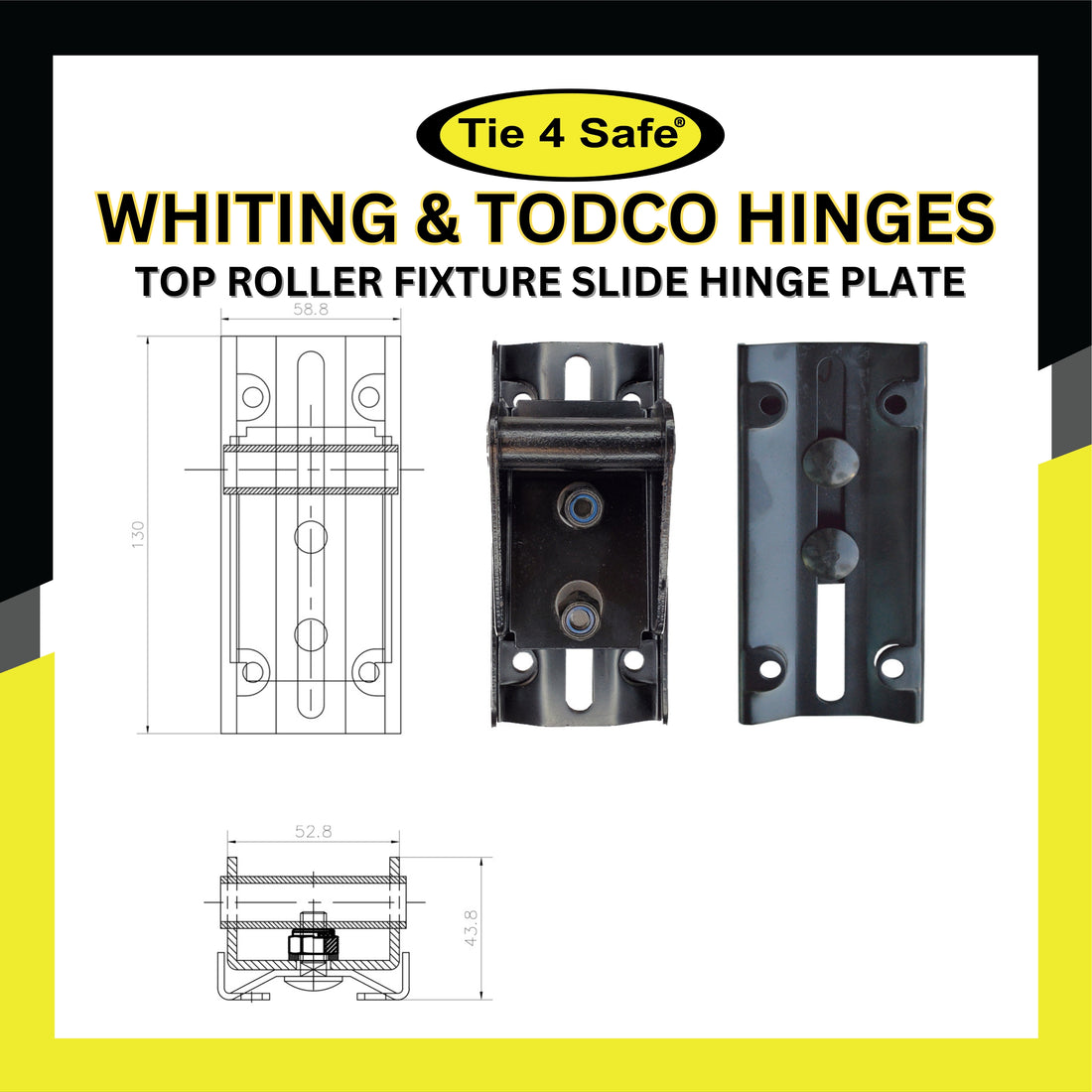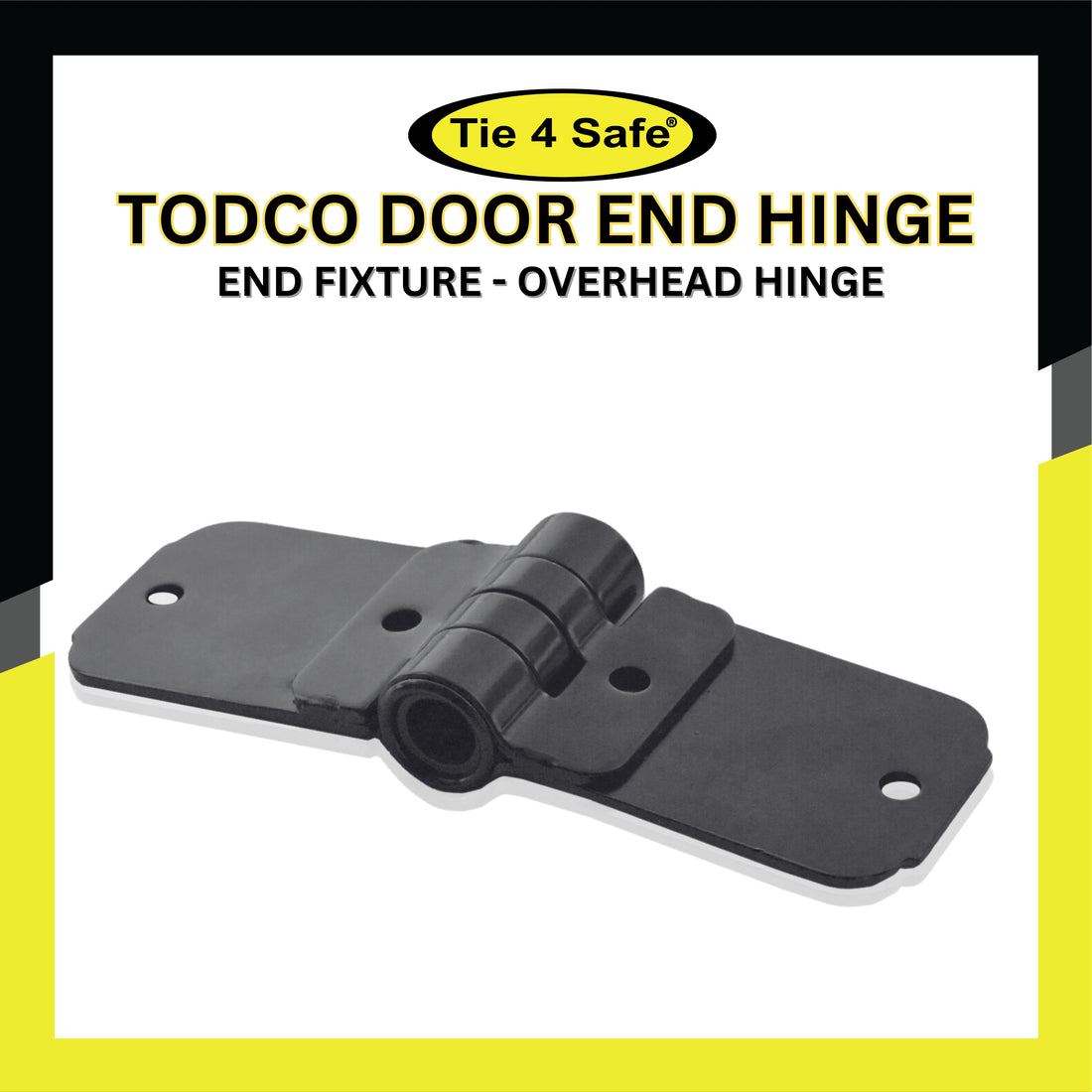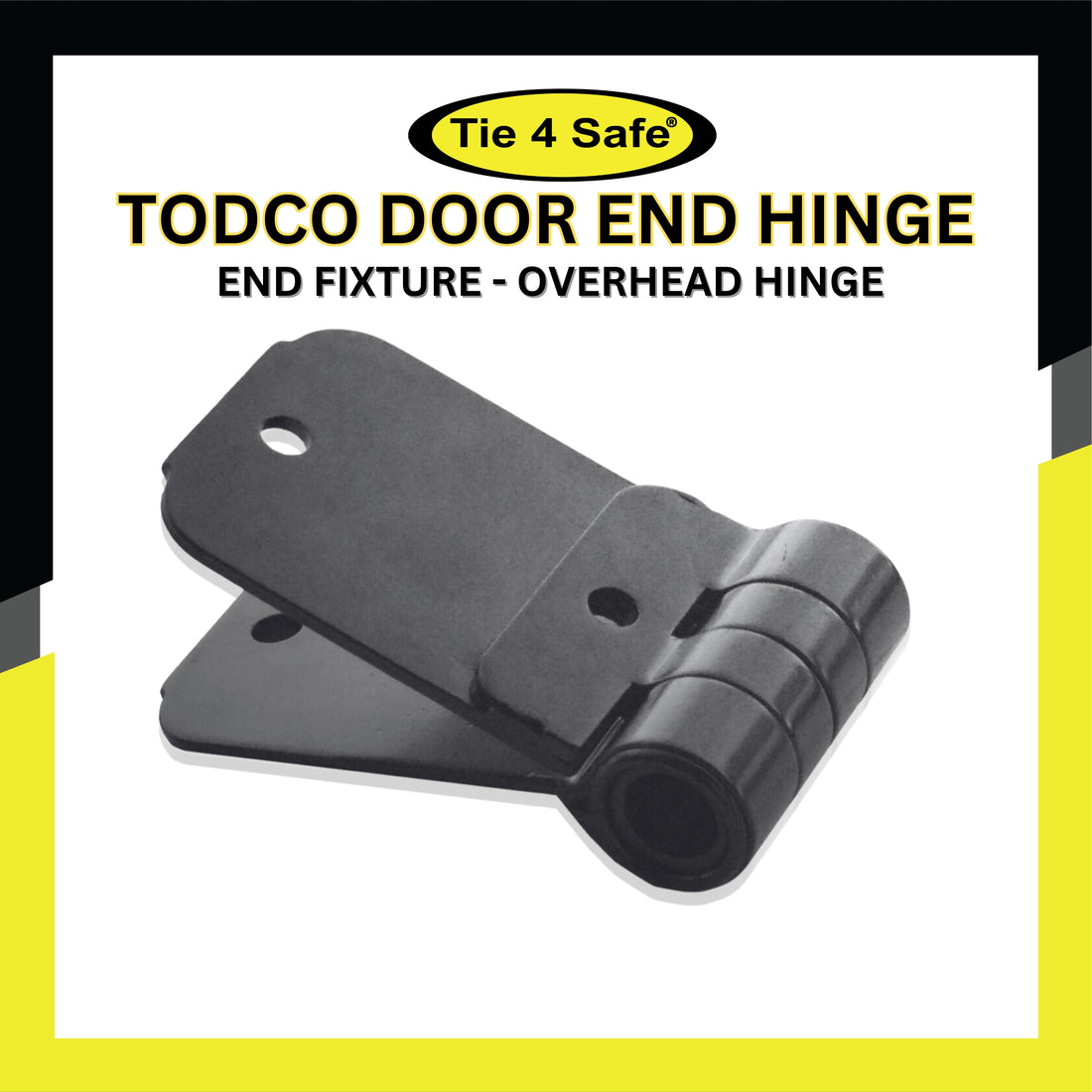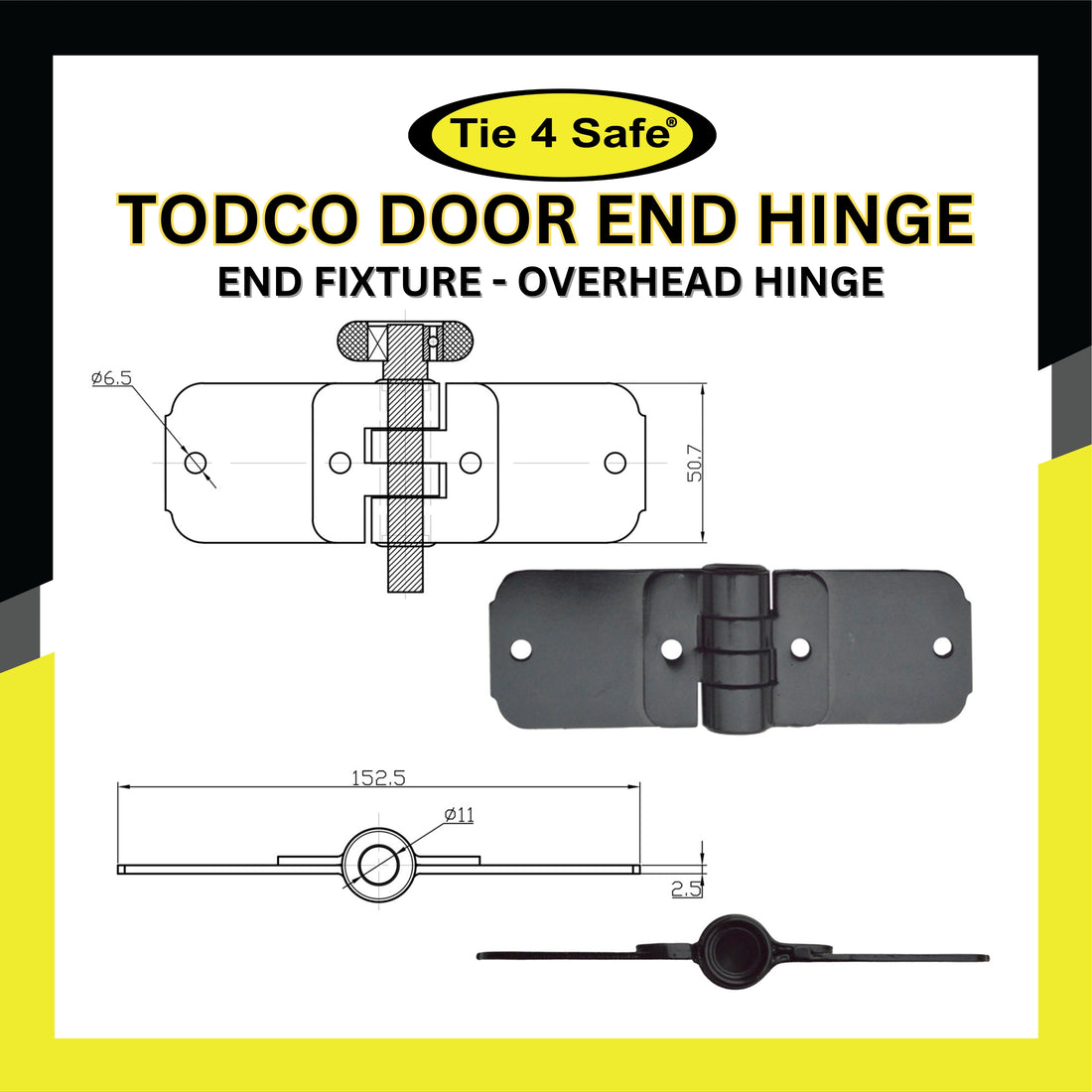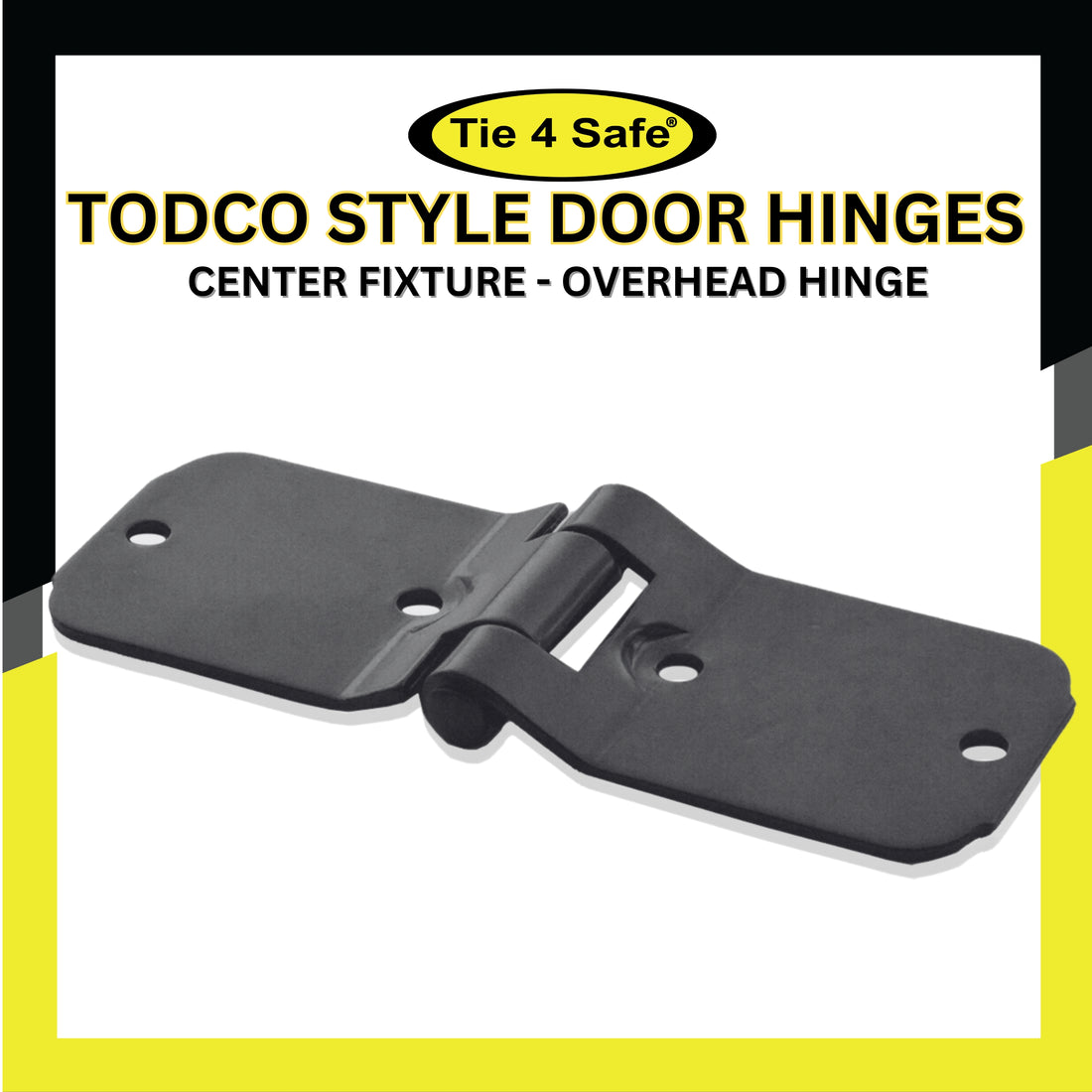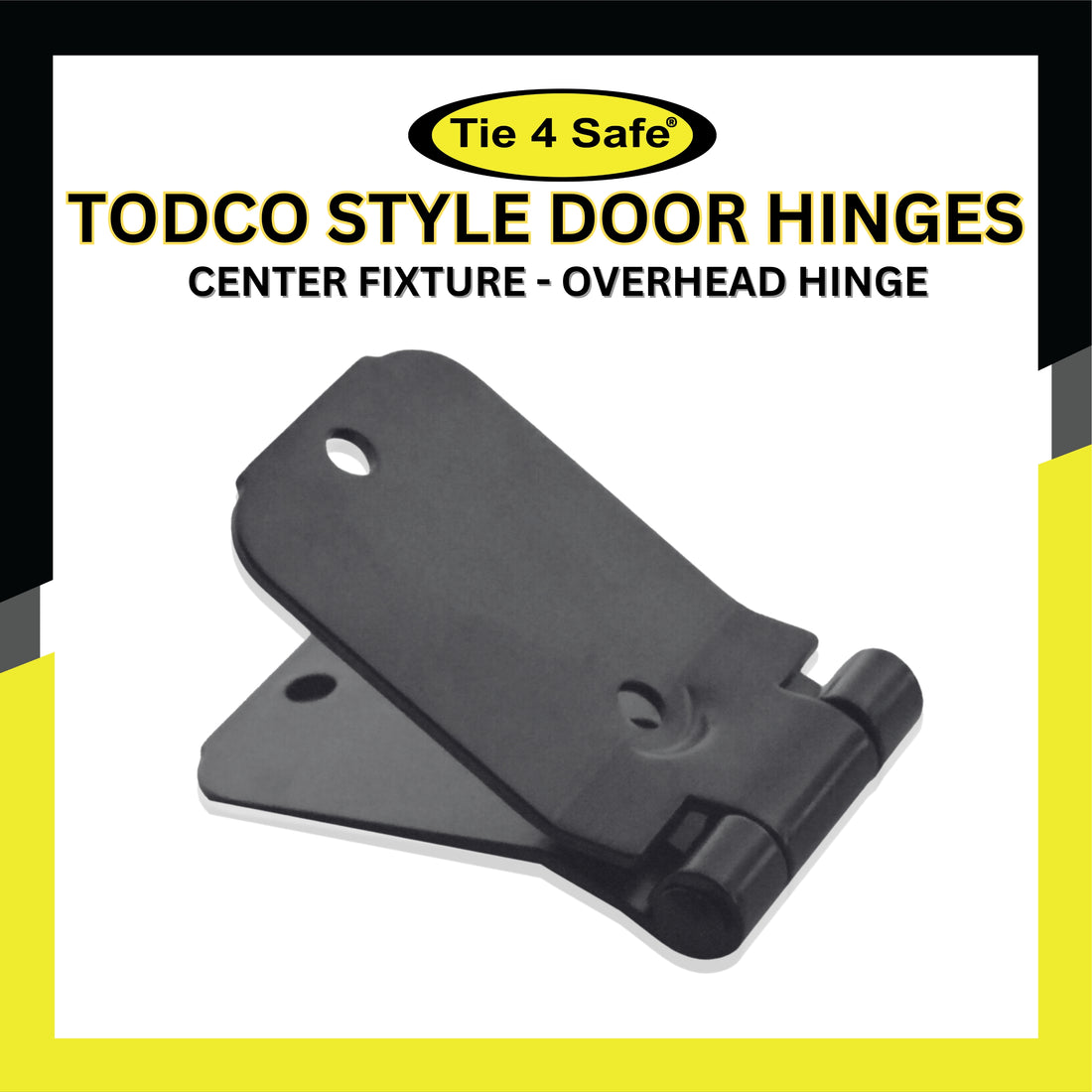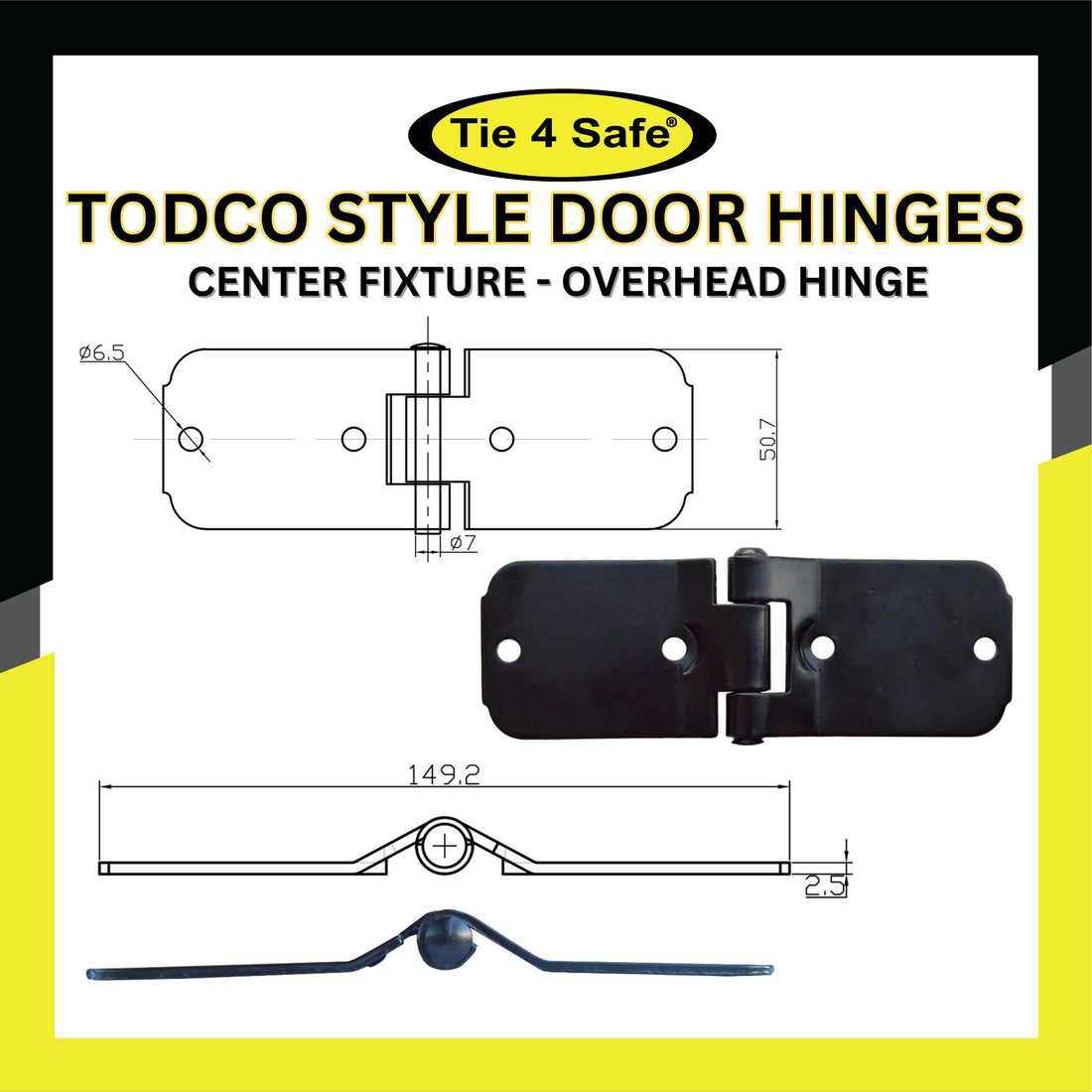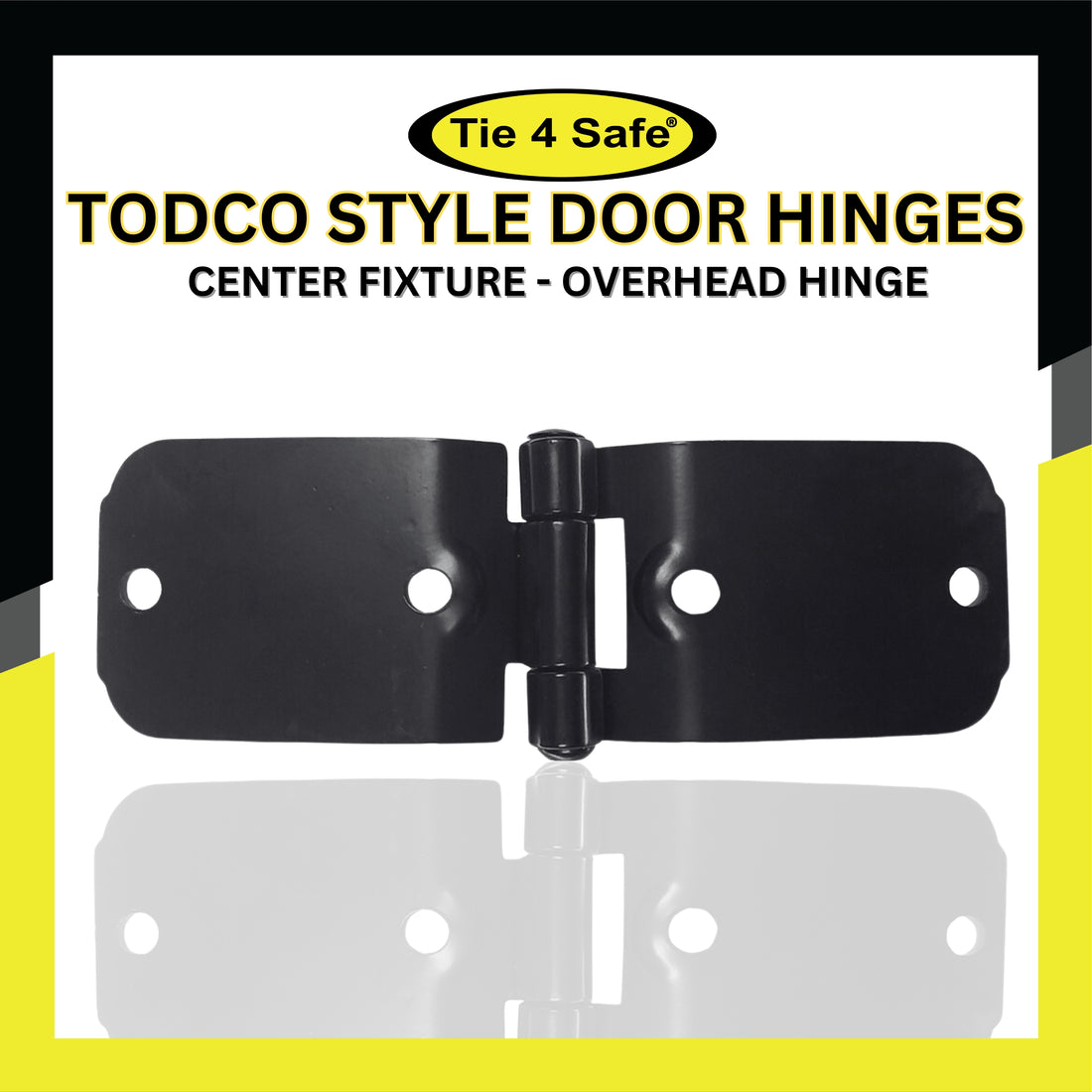Climate-Controlled Cargo: Tips for Enclosed Trailer Transport
Transporting goods in enclosed trailers is a common practice to ensure the safety and security of cargo during transit. When it comes to sensitive or perishable items, maintaining a controlled climate becomes crucial. Climate-controlled cargo transport in enclosed trailers is essential for goods that are sensitive to temperature, humidity, and other environmental factors. In this article, we will explore tips and best practices for ensuring the successful transport of climate-sensitive cargo using enclosed trailers.
Choose the Right Trailer
Selecting the appropriate trailer is the first step in ensuring climate-controlled cargo transport. Enclosed trailers equipped with advanced climate control systems, insulation, and temperature monitoring are essential. Look for trailers with features such as adjustable temperature settings, humidity control, and adequate ventilation.
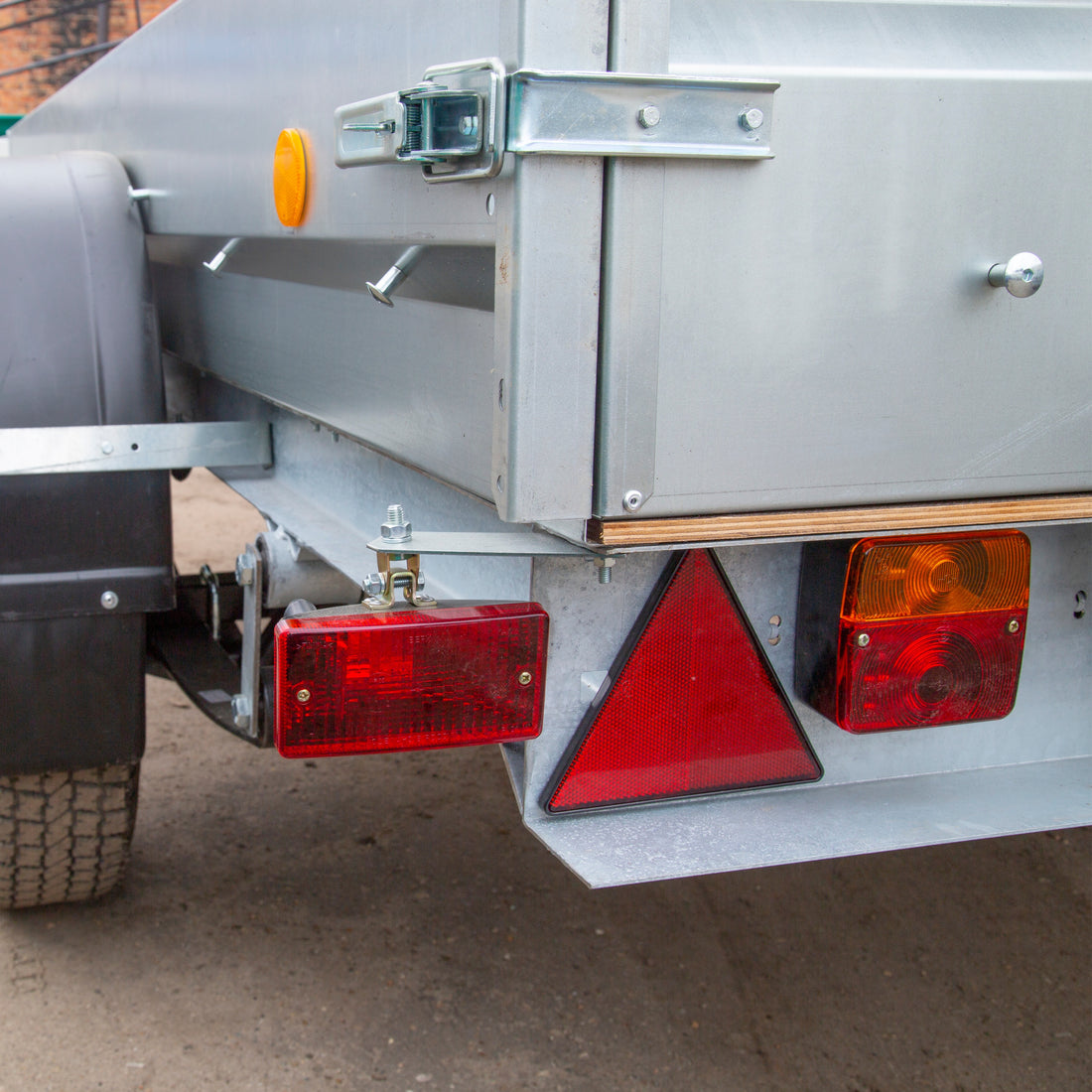
Temperature Monitoring Systems
Invest in temperature monitoring systems to keep track of the cargo's temperature throughout the journey. These systems provide real-time data, allowing for immediate action if there are any deviations from the desired temperature range. Regularly calibrate and test these monitoring systems to ensure accuracy.
Proper Insulation
Insulation is a key factor in maintaining a stable internal climate. Ensure that the trailer has sufficient insulation to protect the cargo from external temperature fluctuations. Well-insulated trailers help prevent heat or cold from penetrating the cargo space, keeping the interior temperature within the desired range.
Ventilation and Air Circulation
Adequate ventilation is crucial for preventing the buildup of condensation and maintaining air quality inside the trailer. Install ventilation systems that allow for proper air circulation without compromising the temperature control. This is particularly important for goods that are sensitive to humidity.
Secure Packaging
Proper packaging is essential to protect climate-sensitive cargo during transportation. Use packaging materials that provide insulation and protection against temperature variations. Ensure that the packaging is sealed correctly to prevent external air from affecting the cargo
Loading and unloading Procedures
Develop standardized procedures for loading and unloading climate-controlled cargo. Minimize the time the cargo spends exposed to external conditions during these processes. Train personnel to handle sensitive goods with care and follow specified protocols.
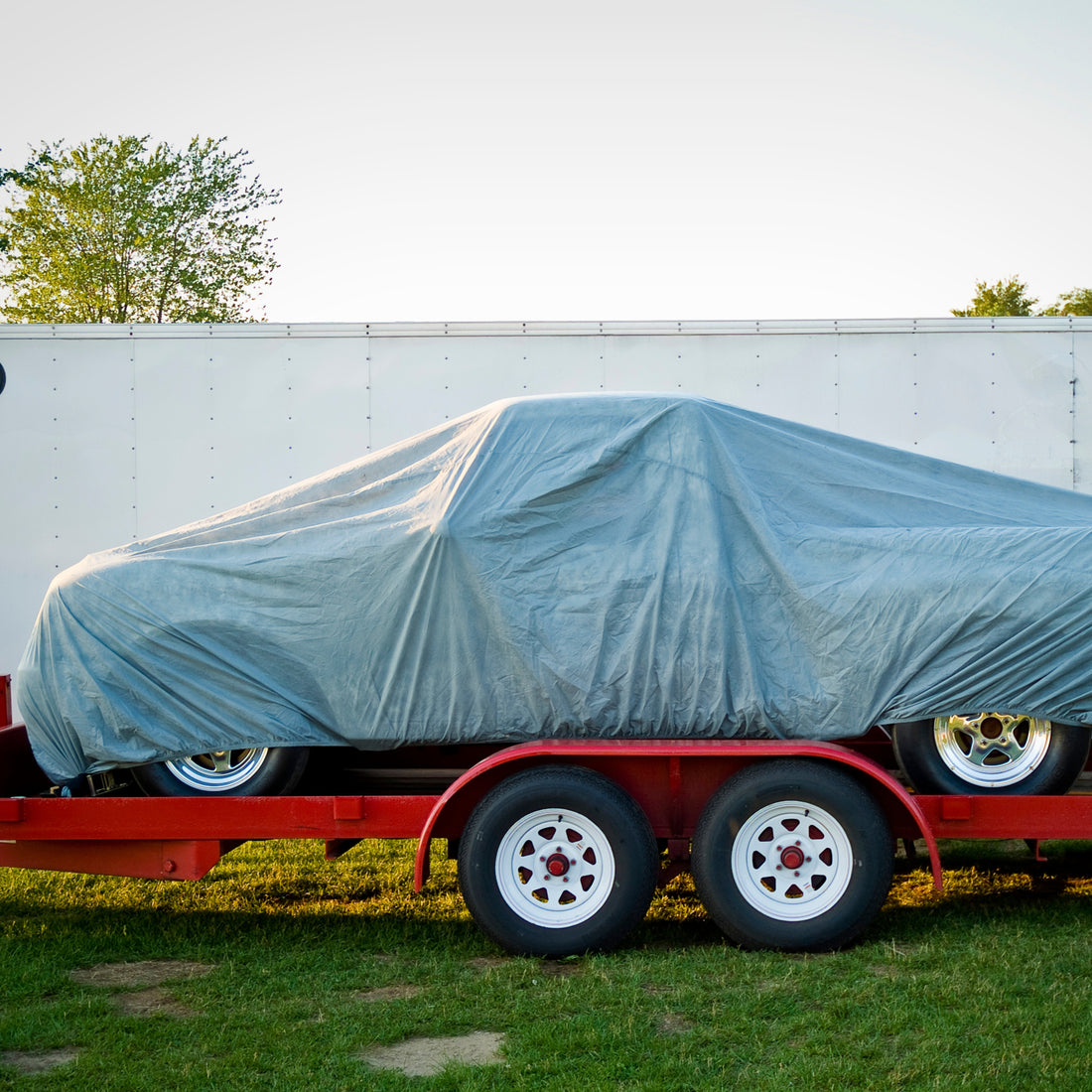
emergency protocols
Despite careful planning, unexpected situations can arise. Establish emergency protocols to address issues such as mechanical failures, power outages, or extreme weather conditions. Having contingency plans in place can minimize the impact on the cargo during unforeseen events.
Compliance with Regulations
Familiarize yourself with and adhere to transportation regulations related to climate-controlled cargo. Different regions may have specific requirements, and compliance is crucial to avoid legal issues and ensure the safety of the cargo.
Regular Maintenance
Conduct regular maintenance checks on the trailer's climate control systems. Preventive maintenance helps identify potential issues before they become critical, reducing the risk of equipment failure during transportation.
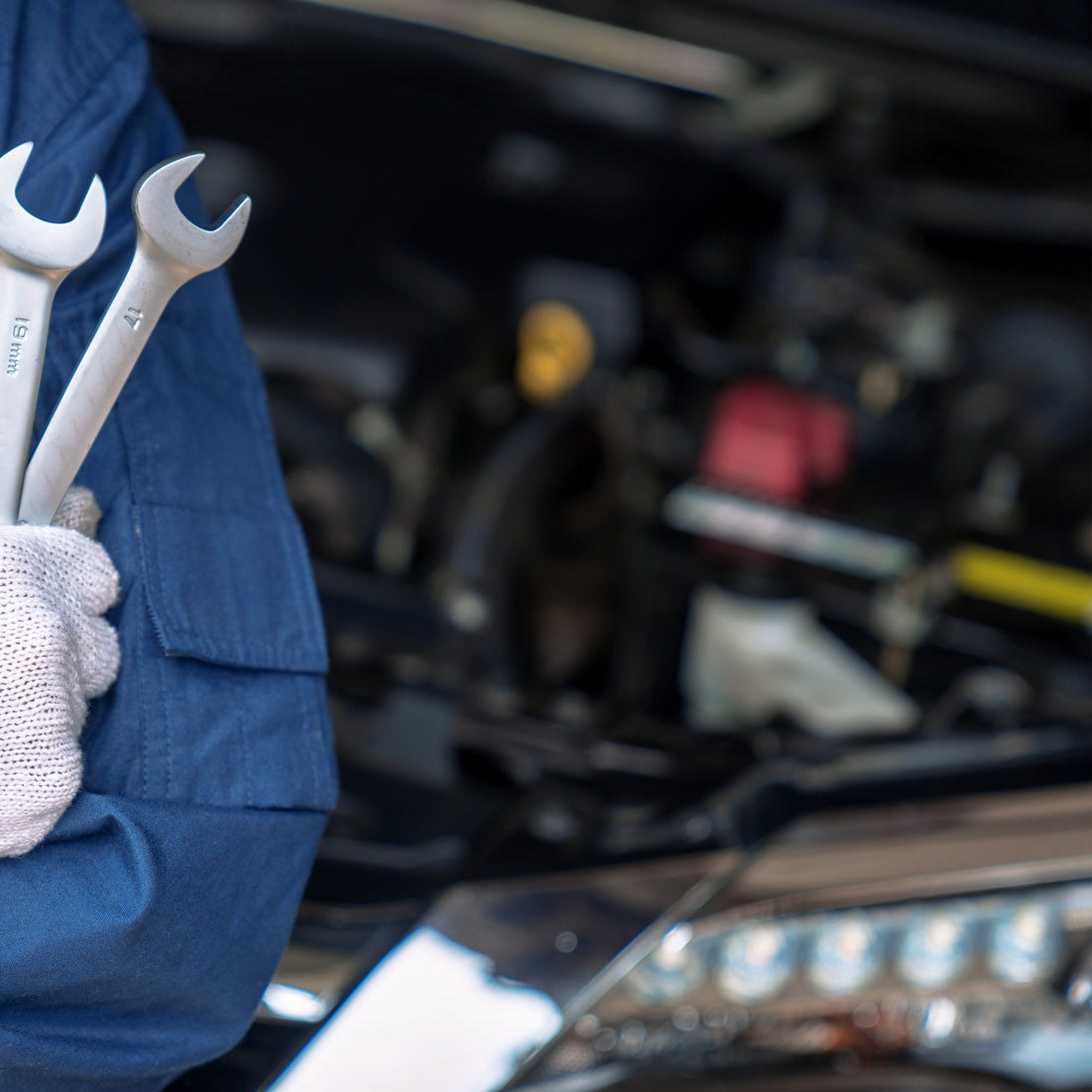
Transporting climate-controlled cargo in enclosed trailers requires careful planning, the right equipment, and adherence to regulations. By following these tips, businesses can enhance the efficiency and reliability of transporting sensitive goods, ensuring they reach their destination in optimal condition. Climate-controlled cargo transport is not just about moving goods; it's about delivering quality and reliability to customers in an increasingly interconnected global market.

